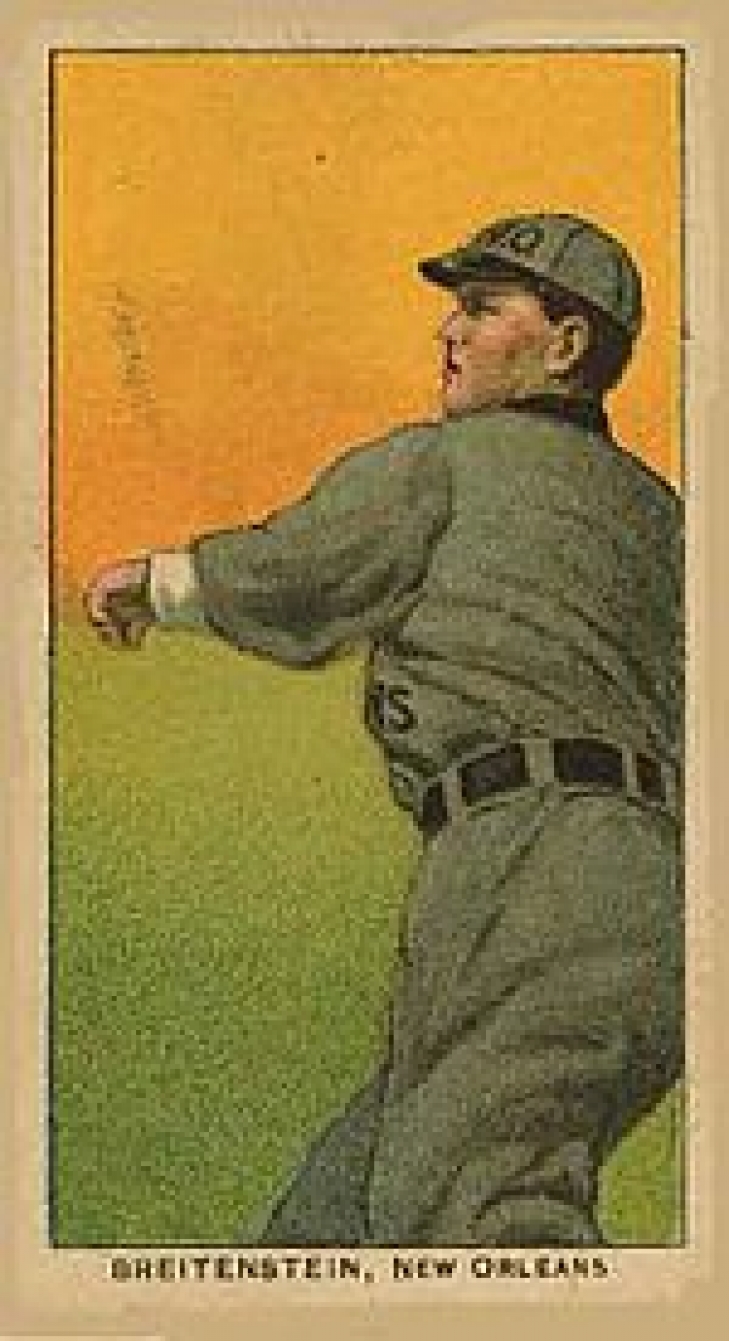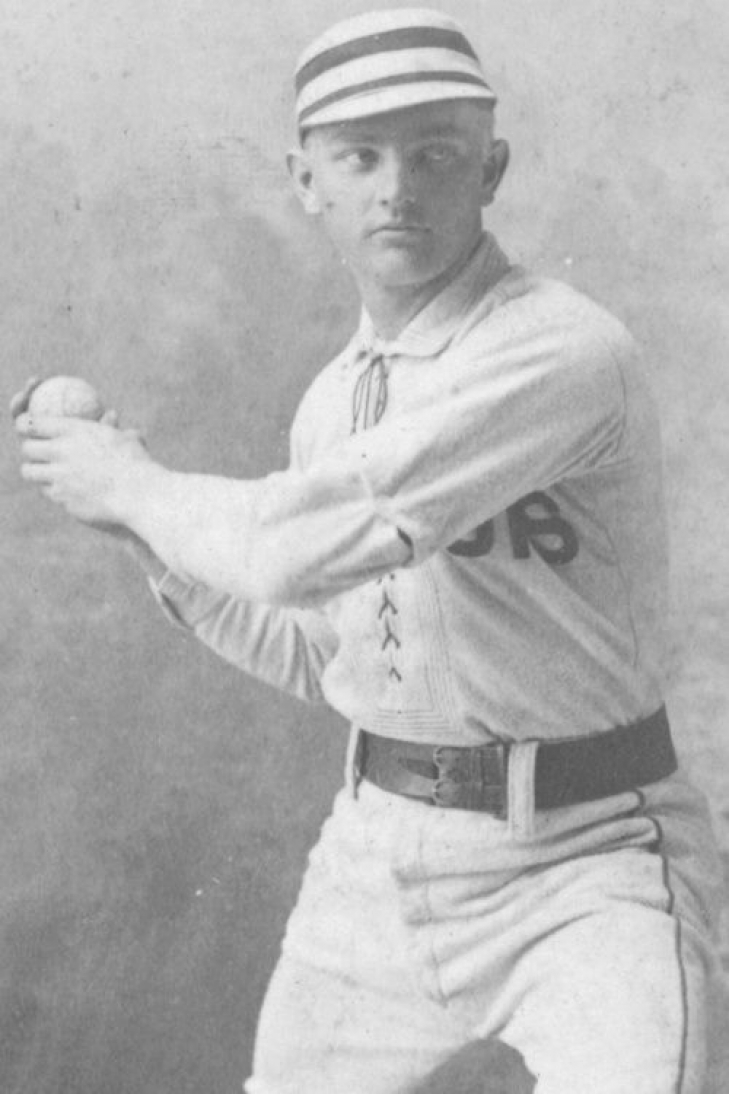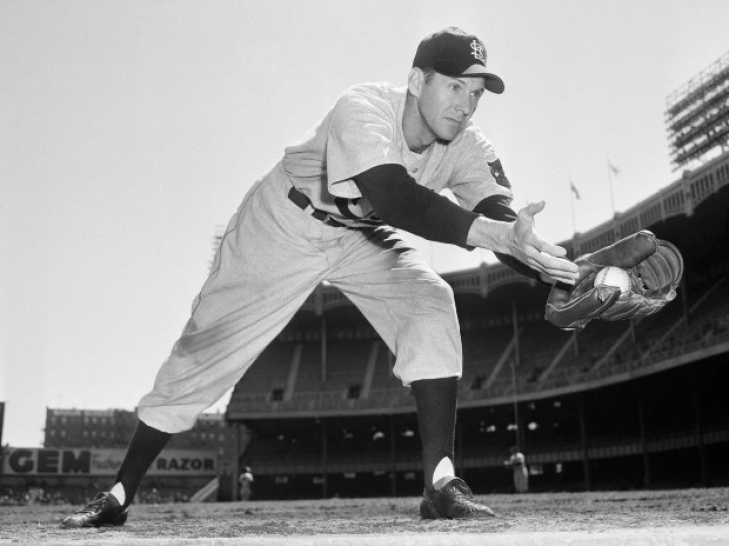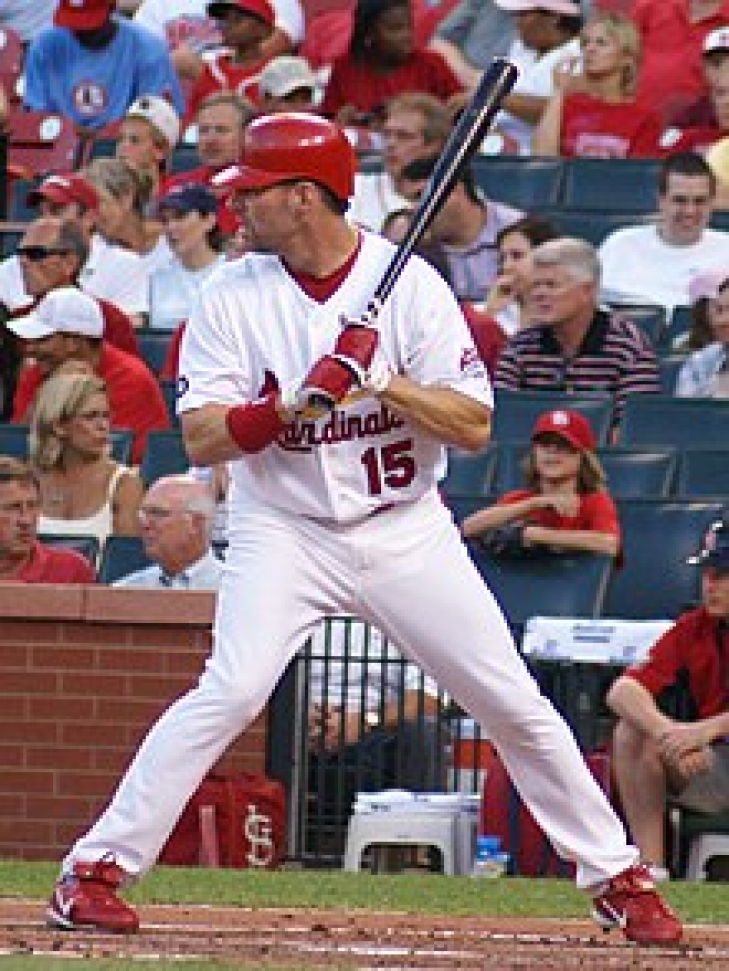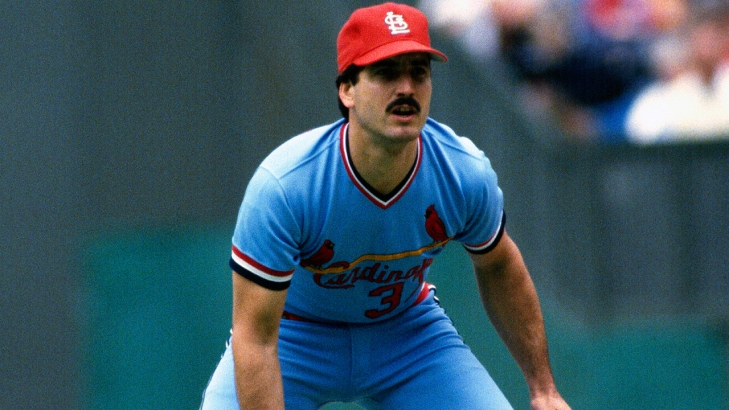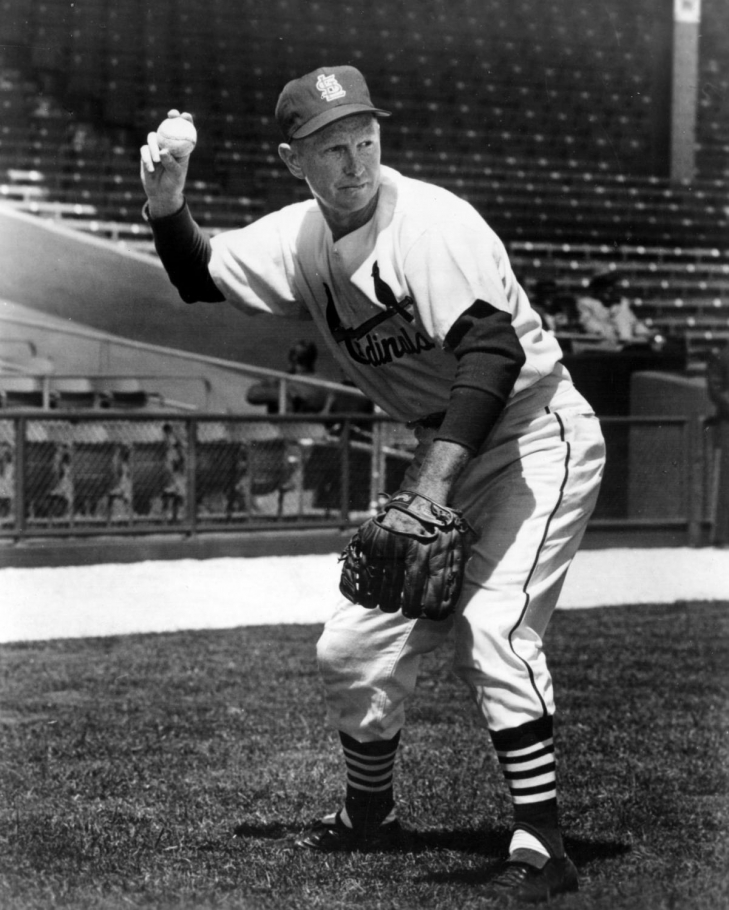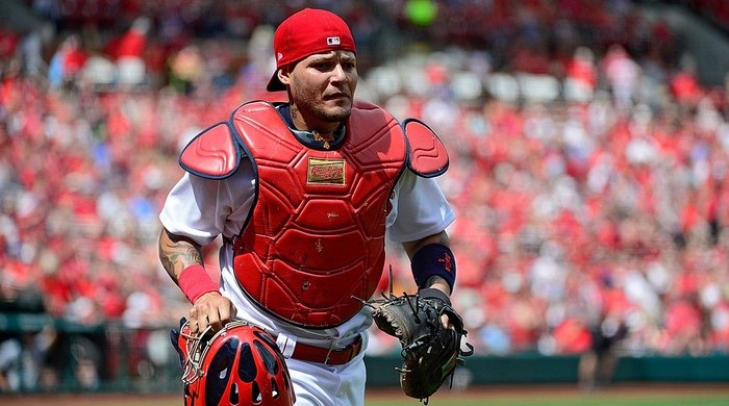34. Theodore Breitenstein
If you look predominantly at Wins and Losses than you have to wonder why someone with a record of 94 and 125 is so high on this list, but we are a lot smarter than we used to be in regards to those two stats then we used to be and even back in the 1890’s baseball fans knew that Theodore Breitenstein was a very good Pitcher.
25. Ray Lankford
Lankford entered the Cardinals Hall of Fame in 2018.
29. Willie McGee
A very popular player for the St. Louis Cardinals, Willie McGee was a former First Round Draft Pick who the Redbirds pretty much stole from the New York Yankees on a 1981 trade for Bob Sykes, who never pitched in the Majors again. McGee would win the starting Centerfielder job in his rookie year (1982) and he would shine on the national stage where he helped the Cards win the World Series.
28. Tip O'Neill
Arguably the first really good player to come from Canada, Tip O’Neill was a star for the St. Louis Browns (renamed the Cardinals) in the mid 1880’s and was a large factor in the team winning four American Association Pennants and the 1886 World Series.
33. Max Lanier
The story of Max Lanier is one of the more interesting ones on this list, which certainly says something considering the colorful characters that have populated the St. Louis Cardinals!
31. Silver King
Silver King (born Charles Frederick Koenig) may have adopted a somewhat eccentric name but it fit his equally unique pitching style.
32. Howie Pollet
Howie Pollet was on the verge of becoming a star prior to going to serve his country in World War II. He was named an All Star in 1943 and actually enlisted for service that day though he played enough games for his 1.75 ERA to win that title.
16. Curt Flood
Curt Flood was very highly regarded for his defensive skills as he was a seven time Gold Glove recipient (1963 to 1969) but slowly his offensive game increased to the point where he was a regular threat to lead the National League in Hits. He would actually do that in 1964, the season that would see him go to his first All Star Game and World Series (the Cards won) and he would have six seasons where he would bat at least .300. Flood would again help the Cardinals win the World Series in 1967 and he would have a fourth place finish in MVP voting in 1968. He would collect 1,853 Hits for St. Louis.
20. Marty Marion
Marty Marion was one of the best defensive players in Baseball and his nickname of the “Octopus” was appropriate.
26. Chris Carpenter
Chris Carpenter began his career with the Toronto Blue Jays where he was a middle-of-the-road Starting Pitcher. The Jays essentially gave up on him after the 2002 season offering him a minor league deal, which he refused. The Cardinals would sign him and after rehabbing his elbow through the entire 2003 season he would make the starting rotation in 2004, but it is safe to say that he exceeded all expectations.
24. Bob Caruthers
Admittedly when we began this process for the top 50 St. Louis Cardinals we did not think that Bob Caruthers would be this high but after looking some of his dominant pitching performances and the fact he also doubled as an Outfielder and was a really good hitter, his actual value to the team was far greater than we initially thought.
22. Frankie Frisch
Frankie Frisch had an incredible career that was split between the New York Giants and the St. Louis Cardinals, the Redbirds being the team he would spend the latter half of his playing career with.
21. Jim Edmonds
Jim Edmonds played eight seasons with the St. Louis Cardinals, which without question was the true meat of his career.
23. Mort Cooper
Mort Cooper was a pretty good Pitcher but like many who played between 1942 and 1945 you have to wonder just how much of his success had to do with how much of the competition was serving their country during World War II.
19. Keith Hernandez
Keith Hernandez is probably more known for his time with the New York Mets but he actually had better stats with the St. Louis Cardinals and it was in the Gateway to the West where he had his best season in Baseball.
10. Lou Brock
Lou Brock arrived to St. Louis in a mid-season trade in 1964 and it turned into one of the greatest steals in trade history. Brock’s batting seemed to automatically improve and he would help the Cardinals win the 1964 World Series. With Brock’s increased base presence he also developed stronger baserunning skills and in 1967 he went to his first All Star Game, won his first Stolen Base title and helped the Cards win the World Series. Brock would be a base stealing machine leading the NL in that metric eight of nine seasons (1966 to 1974), the last of which would set a then record 118, which was the season where he finished second in NL MVP voting. The Outfielder would become the all-time Stolen Base leader with 938 (888 with St. Louis) and he would hold that record until Rickey Henderson broke that mark.
18. Red Schoendienst
A nine-time All-Star as a St. Louis Cardinal, Red Schoendienst was one of the most consistent players in the late 1940’s and early 1950’s. While it might be argued that he was not an upper-echelon player he was certainly at the level below and was so for a long time. He would collect 170 Hits six times with an impressive 1,980 total for St. Louis with a .289 Batting Average. Defensively speaking he was one of the most versatile and dependable of his day. He would finish in the top ten in Defensive bWAR eight times as a Cardinal and he was the leader at his position in Range Factor per Game and Fielding Percentage five times.
14. Ted Simmons
The sabremetricians were right to love Ted Simmons who while he played many knew was a good player, have now been elevated in some eyes to a Hall of Fame snub.
12. Yadier Molina
There is so much to love about Yadier Molina.
A ferocious player when needed, Yadier Molina has been a clubhouse leader since he arrived to the St. Louis Cardinals, the only team he has played for in the Majors. Early in his career, the Puerto Rican was universally regarded as being a really good defensive Catcher and a light hitter but in 2008 he improved his Batting Average to .308 and was locked in as the team’s starting Catcher.
15. Harry Brecheen
Harry Brecheen is one of the best left-handed Pitchers in St. Louis Cardinals and from 1944 to 1949 he would win 14 or more Games en route to helping the Redbirds win the 1944 and 1946 World Series. His best season was in 1948 where he posted 20 Wins and was the National League leader in Earned Run Average (2.24), Shutouts (7), FIP (2.37), WHIP (1.037) and SO/BB (3.04), and was fifth in MVP voting. Overall he won 128 Games for St. Louis, but it was his accomplishments in the 1946 Fall Classic that cements him high on this list.


